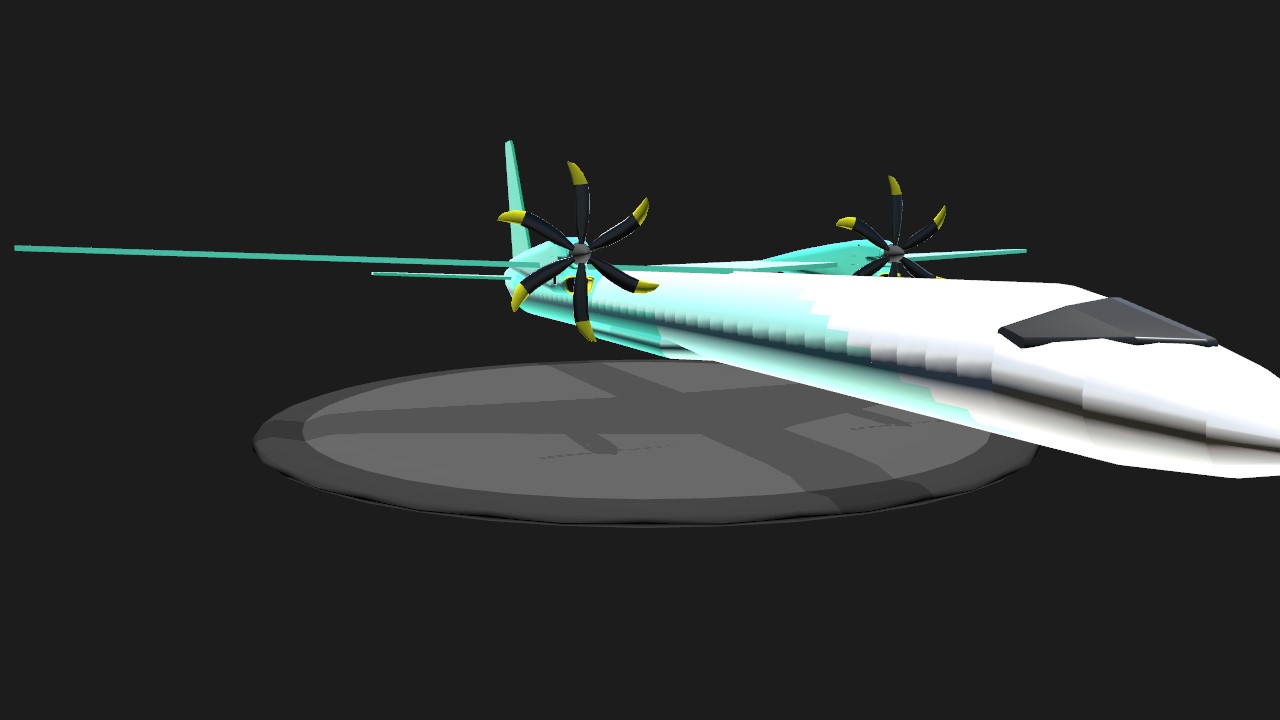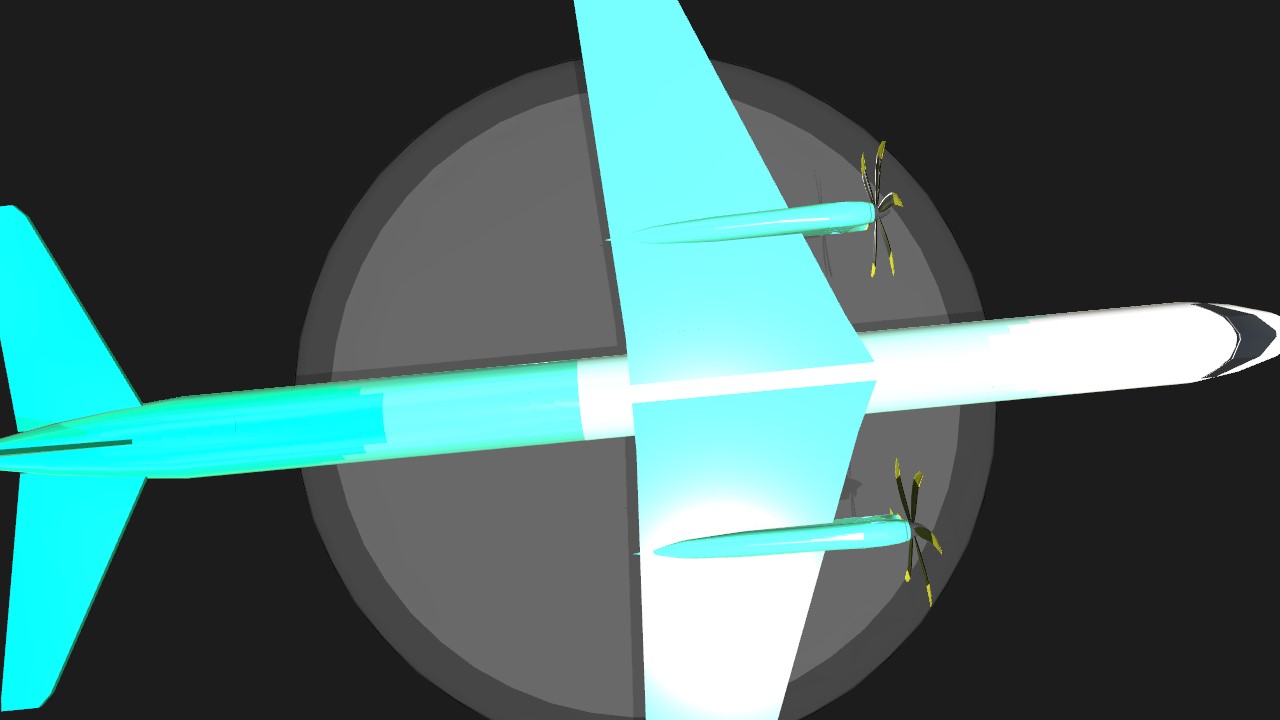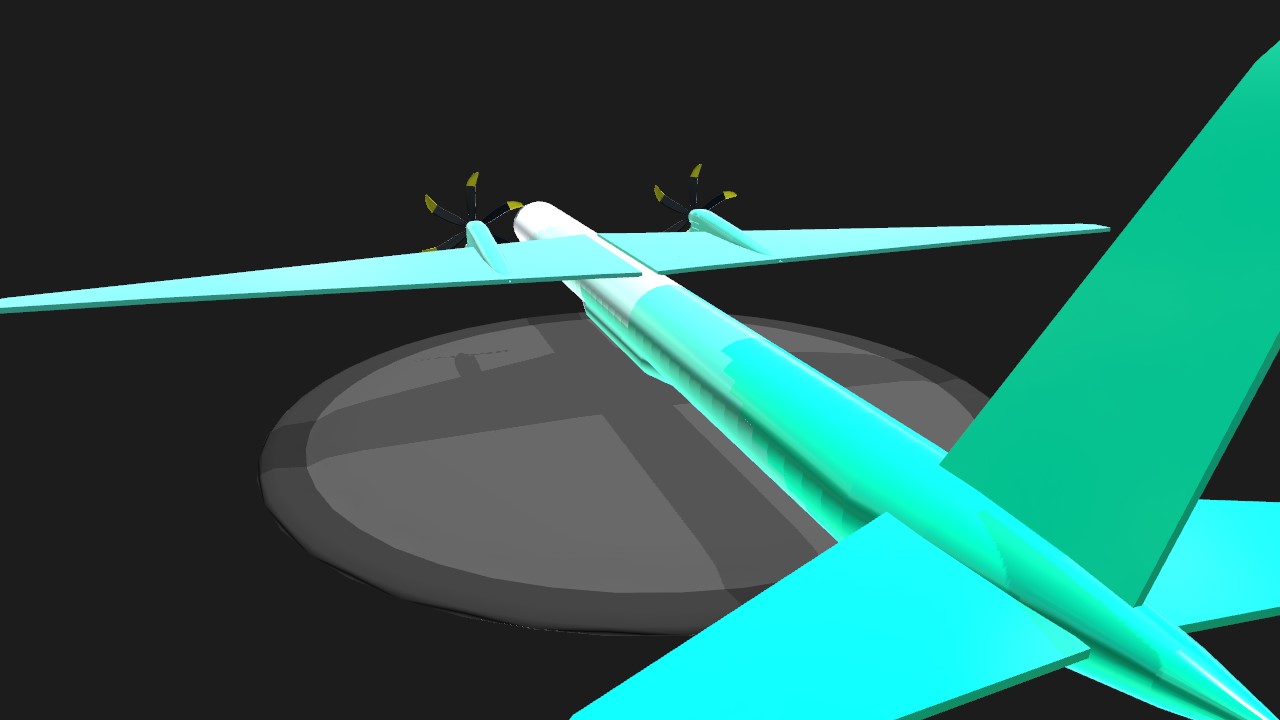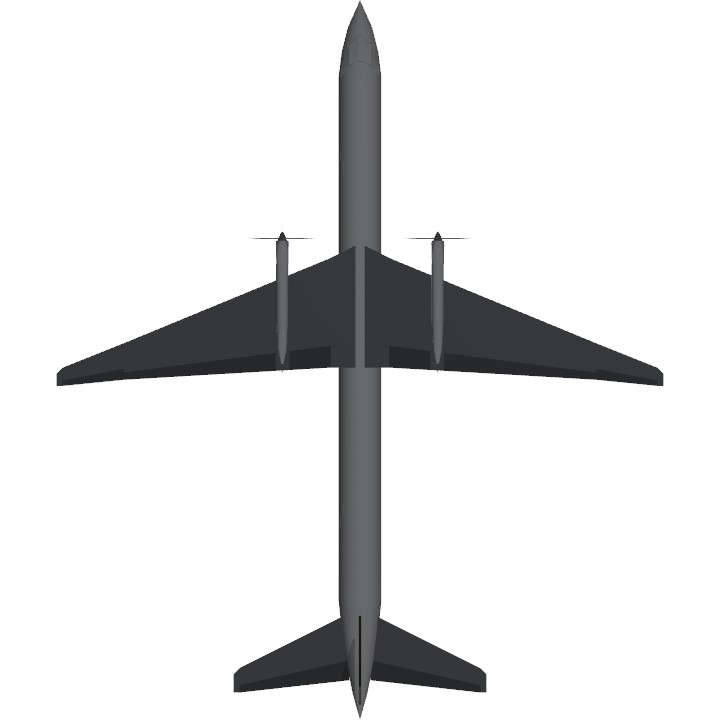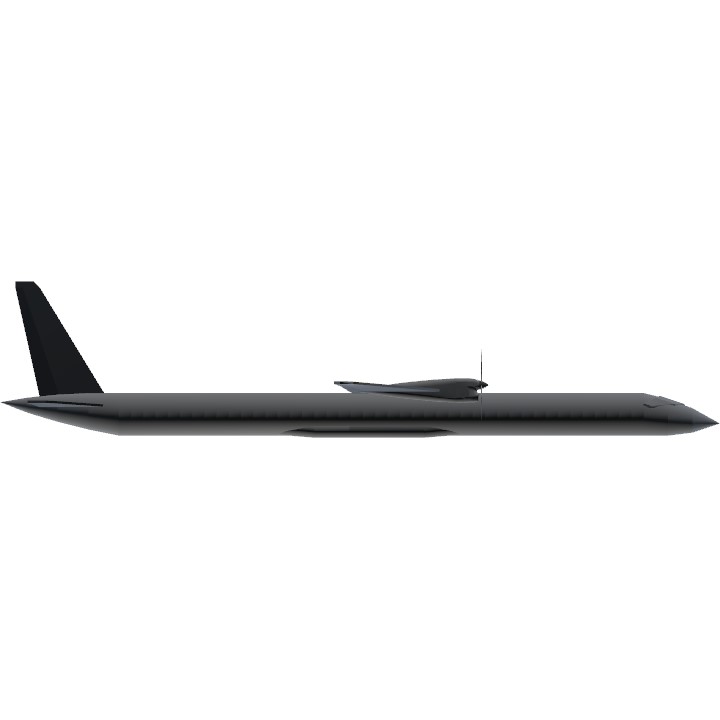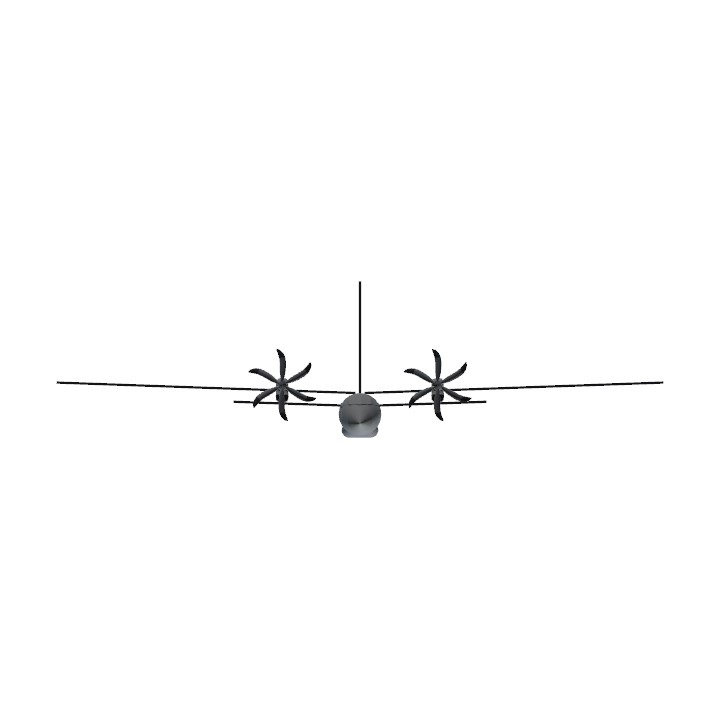Multi-engine propeller powered aircraft with wings mounted high on the fuselage are equally practical for short domestic routes (or as “cargo-feeder” aircraft) as are low winged aircraft (see Figure C1-16). Such aircraft share many of the characteristics of low winged aircraft with the exception of the following ones:Among disadvantages is that fueling requires step ladder, even on smaller aircraft, and engine replacement and field maintenance is harder than for the low winged configuration as the height of the engine above ground can present challenges. Of course, maintenance stations have developed equipment to make this easier. If the airplane carries substantial amounts of fuel (e.g. 1000 gallons or more – see Langton8 et al.), pressure refueling is used. This calls for special refueling stations on the aircraft that may not be on the wing. For instance, the Piaggio P.180 Avanti has a refueling station on the fuselage below the wing.The high wing configuration generally requires the main landing gear to be mounted in special housing on the bottom of the fuselage, which increases the drag and structural weight. However, there are important exceptions. The Fokker F-27 Friendship and Fokker F-50, as well as the De Havilland of Canada DASH 8 twin turboprop aircraft feature main landing gear that retracts into the engine nacelles. This reduces the minimum drag of the aircraft; however, the main landing gear on these aircraft is longer and heavier. The designer should be aware of this method as it eliminates the need to reinforce the fuselage in excess of what is needed for the wing-to-fuselage joining. It is hard to say whether featuring the main landing gear on the fuselage bottom is heavier than placing it in the engine nacelles, but the latter method has manufacturing advantages, as most of the frames for the fuselage can be of identical design. The absence of wing structure on the bottom of the fuselage is disadvantageous in case of a belly landing, requiring th
Specifications
General Characteristics
- Predecessor BRAZUCA MK 435-690
- Created On iOS
- Wingspan 81.3ft (24.8m)
- Length 96.8ft (29.5m)
- Height 20.9ft (6.4m)
- Empty Weight 19,052lbs (8,641kg)
- Loaded Weight 26,585lbs (12,058kg)
Performance
- Horse Power/Weight Ratio 0.197
- Wing Loading 26.7lbs/ft2 (130.5kg/m2)
- Wing Area 994.6ft2 (92.4m2)
- Drag Points 5477
Parts
- Number of Parts 109
- Control Surfaces 9
- Performance Cost 405

